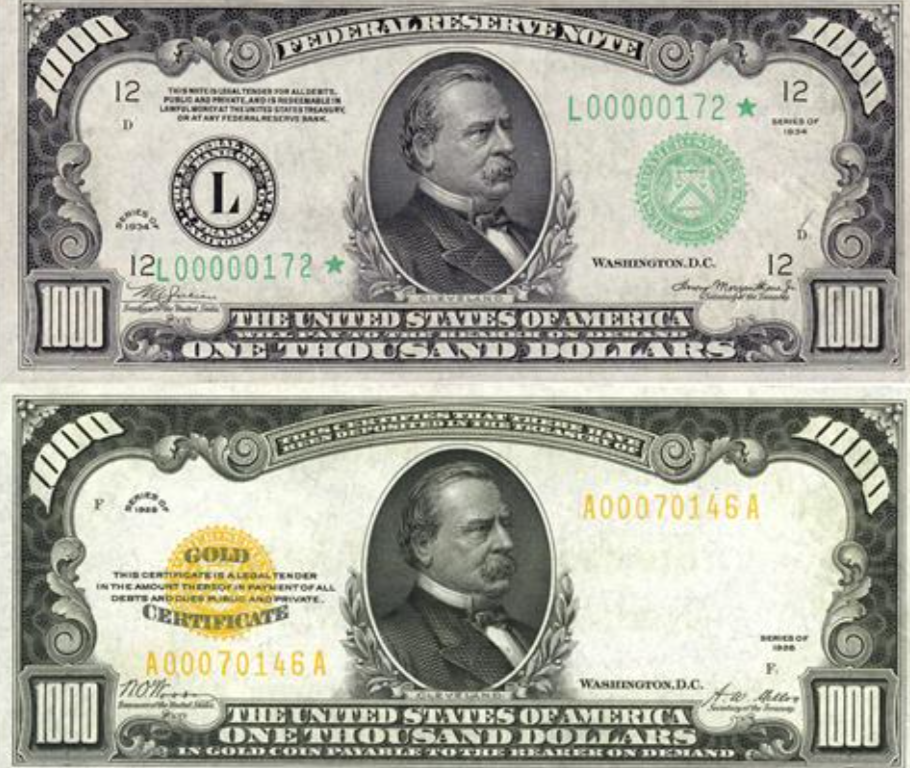Grover Cleveland, the 22nd and 24th President of the United States, left a lasting legacy on American currency. While his face doesn’t grace any bills currently in circulation, Cleveland’s influence can still be felt in the history of U.S. money.
Silver Certificates: One of the most significant grover cleveland currency contributions to American currency during Cleveland’s presidency was the issuance of Silver Certificates. These certificates were backed by silver held in the U.S. Treasury and could be exchanged for silver coins or bullion. The Bland-Allison Act of 1878, passed during Cleveland’s first term, required the U.S. Treasury to purchase a certain amount of silver each month to be minted into coins, which helped increase the circulation of silver-backed currency.
The Sherman Silver Purchase Act: Another notable currency-related event during Cleveland’s presidency was the passage of the Sherman Silver Purchase Act in 1890. This act required the U.S. government to purchase millions of ounces of silver each month, further increasing the amount of silver-backed currency in circulation. However, the influx of silver caused economic instability and eventually led to the repeal of the Sherman Silver Purchase Act in 1893.
The 1893 Panic and Cleveland’s Second Term: The repeal of the Sherman Silver Purchase Act, combined with other economic factors, contributed to the Panic of 1893, one of the most severe economic crises in American history. Cleveland’s handling of the crisis during his second term, including his efforts to repeal the Sherman Silver Purchase Act, shaped his currency legacy and economic policy.
The $1,000 Bill: Although not directly related to Cleveland’s presidency, it’s worth mentioning that his portrait appeared on the $1,000 bill. The $1,000 bill was primarily used for large transactions between banks and was last printed in 1945. While it’s no longer in circulation, it remains a fascinating piece of American currency history.
Overall, Grover Cleveland’s currency legacy is intertwined with the history of silver-backed currency and economic policy during the late 19th century. His presidency saw significant developments in American currency, including the issuance of Silver Certificates and the repercussions of the Sherman Silver Purchase Act. Today, his impact on U.S. money serves as a reminder of the complexities of economic policy and its influence on currency.



